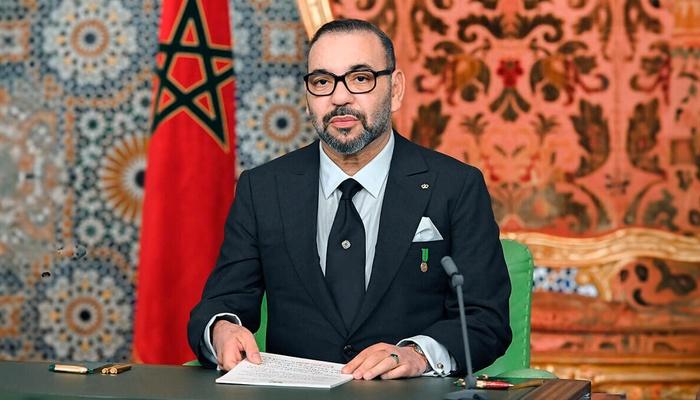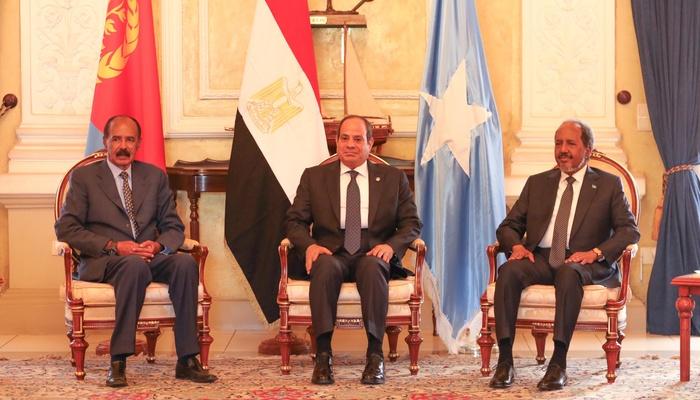Geopolitical Weekly n. 271
Afghanistan
On the 1st of October, ten Afghan police officers were wounded in the “erroneous” and “friendly” air attack in the southern Helmand province. The Afghan air strike happened during a counterterrorism operation in which Afghan forces were attacking the Taliban front line. Helmand Governor Hayatullah Hayat announced that an investigation team has been sent to assess the situation that led to the incident.
The incident comes more than two months after a U.S. airstrike killed 16 Afghan police and two wounded in the same district - Greshk District in Helmand Province. The Helmand Province is described as one of the Taliban’s main strongholds; the cities in the region have suffered repeated insurgency attacks, acting as a pressure point for the overstretched Afghan National Defence and Security Forces (ANDSF). While 29 percent of Afghanistan’s districts remain contested, the Taliban controls 11 percent of Afghanistan’s districts. ANDSF has not been able to grant security to these areas, which make up about 40 percent of the country.
In September, the United States Special Inspector General for Afghanistan Reconstruction (SIGAR) issued a detailed report on the current challenges facing the Afghans National Defense and Security Forces (ANDSF) in Afghanistan and the lessons learned from America’s 16-year campaign within the country. SIGAR analyzes and evaluates the crippling issues faced by many branches of the ANDSF and United States struggles to stabilize and effectively improve the situation in Afghanistan.
Throughout the report, it notes that there is a lack of administrative and institutional process that are needed to support the long-term sustainability of the ANDSF.
This detailed report came out shortly after US President Trump announced a new strategy to send more U.S. troops as advisers to the Afghan military as it continues to play its major “train and assist” role in aiding military and counterterrorism forces. Yet despite US involvement in Afghanistan for the past 16 years, the Taliban fighters remain active. With less than 60 percent of Afghanistan in control of government forces, almost half the country is either contested or under the control of the Taliban fighters.
The continued presence of the Taliban offensives paired with the weak and mistake prone ANDSF enhances the struggles of the Afghanistan security teams to train (and execute) effectively, address criminalities, increase protection, and combat terrorism which, for the time being, will result in instability within Afghanistan’s security apparatus.
Cameroon
At least seventeen people have died amid an Anglophone separatist protest on Sunday, October 1st, as the government tried to quell the call for independence. Several others were wounded in Cameroon’s restless northwest and southwest English speaking regions during protests calling for its independence from the majority Francophone nation.
Cameroon’s government had banned all gatherings of more than four people, ceased transportation and shut down businesses and internet in the Anglophone region ahead of the protests. Thousands of security forces are said to be patrolling the streets to quell the planned demonstrations as activist symbolically declare independence from the Francophone region and against current President Paul Biya’s administration.
Dissent between Cameroon’s diverse speaking populations has been growing over the past year. Anglophones’ discontent as to how they are treated has acted as the core for strength in creating their separatist movement. The attempt to achieve independence, even creating the flag of the country they would name Ambazonia, has continually faced resistance from authorities in which mainly Francophone government leaders have denied the “Anglophone problem.”
These protests and demonstration this week symbolically fall on the anniversary of South Cameroon’s independence from Great Britain in 1961, the same year in which former British Southern Cameroons united with French Cameroon to form the Federal Republic of Cameroon. Cameroon’s division was a result of the end of World War One, when the League of Nations divided up the former German colony between the French and British victors.
English speaking Cameroonians make up about ⅕ of Cameron population (4.4 million people), who have criticized the government of discriminating against their community.
The Anglophone problem has increasingly dominated the political and social agenda within the country so failing to address the Anglophone problem may threaten Cameroon’s ability to create national unity between the two different groups. The risk of more violence could be boosted by the contemporary rising of mass protests in Nigerian nearby Delta region, where IPOB (Indigenous People of Biafra) is struggling against the central government to achieve full independence for Biafra.
**India/Kashmir ** On October 3rd, an Indian soldier and three militants were killed in suicide attack on a paramilitary camp just outside of the international airport in Srinagar, the largest city in the Indian controlled zone of the disputed Kashmir region. Islamist group Jaish-e-Muhammad has taken responsibility for the attack. It was just the last attack of Jem against Indian security guards: in August, eight Indian police officials were killed when Jaish e Muhammad (JeM) militants attacks a security camp in southern Kashmir.
Indian security forces have been targeted by the insurgency since it borne in the 90’.
Muslim majority Kashmir is claimed by both India and Pakistan, with each of the countries controlling separate parts of the territory. India accuses Pakistan of training and arming militant groups operating in the region, like Hizb-ul-Mujahideen (HM) and Lashker-e-Taiba (LeT), in the past, and now JeM- allegations which Pakistan denies. Even though in the last ten years the insurgency in the area decreased, since 2016 Kashmir has seen fresh waves of unrest following the killing of popular militant Kashmiri separatist leader Burhan Wani in July 2016.
Nevertheless, the situation remains fragile as public opposition within Kashmir to Indian rule remains deep within the region, expressed heavily by anti-India protests of the younger generation against government forces. Militant groups like HM, LeT, and JeM have seen an increase in local Kashmiri boys joining the ranks which is becoming the new main actors of the insurgency within the region.









